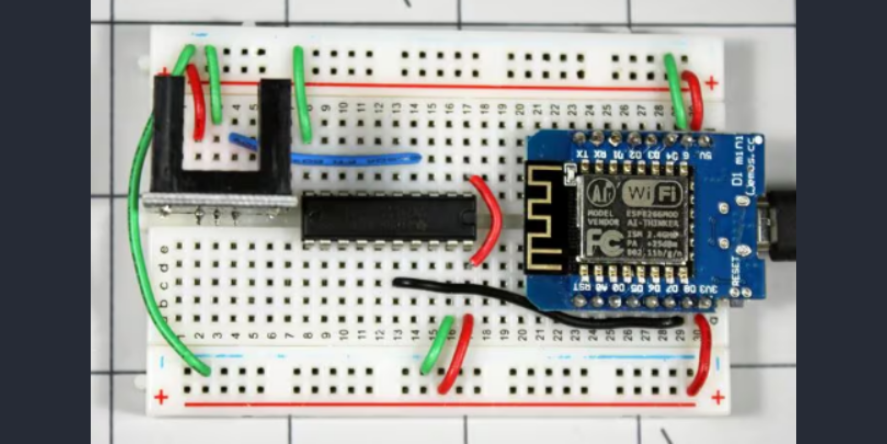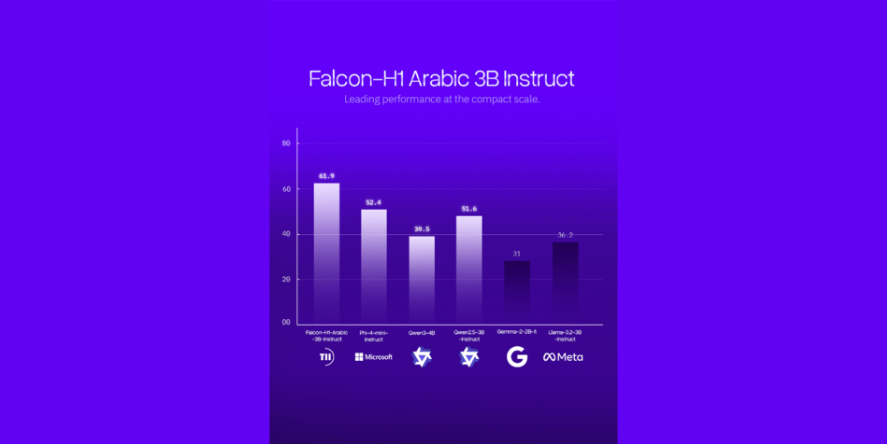A level shifter is a voltage conversion device primarily used to translate a signal from one voltage level to another, allowing devices operating at different voltage levels to communicate seamlessly. For instance, in a system where one device operates at a 5V logic level and another at a 3.3V logic level, a level shifter ensures proper signal transmission without damaging either device.
The structure of a level shifter typically includes bidirectional or unidirectional MOSFETs, diodes, and resistors. It can convert signals from low voltage to high voltage or vice versa. Level shifters are widely used in communication buses like I²C, UART, SPI, and in mixed-voltage circuits. Many great distributors like Heisener offer a wide range of components of level shifter to cater diverse application needs.
Uni-Directional Level Shifting
Uni-directional level shifting refers to the process of converting a logic signal from one voltage level to another, but it supports signal transmission in only one direction, from one voltage domain to another. This process ensures that the signal is converted in only one direction, typically used for connecting circuits operating at different voltage levels where the signal needs to travel from a source device to a receiving device.
The design of a uni-directional level shifter is relatively straightforward and often involves voltage conversion circuits, such as those using MOSFETs, resistors, and capacitors to adjust the signal. These devices are commonly employed in scenarios where signals need to be shifted from a higher voltage logic level to a lower voltage logic level, facilitating compatibility between different voltage standards in electronic systems.
Bi-Directional Level Shifting
Bi-directional level shifters are designed to convert logic signals between two different voltage domains, allowing signals to be transmitted in both directions— from a low voltage domain to a high voltage domain, and vice versa. Compared to uni-directional level shifters, bi-directional level shifters have a more complex design because they need to handle signals coming from both directions simultaneously.
Common circuits for bi-directional level shifting include those using N-channel MOSFETs and diode-based level shifters. N-channel MOSFET circuits provide good isolation and signal conversion performance between the two voltage domains, while diode-based circuits are used for simpler level shifting needs.
What Can a Level Shifter Do?
Voltage Compatibility: Converts logic signals between different voltage levels to ensure compatibility between devices.
Signal Integrity: Enhances signal stability to prevent data loss or errors.
Bidirectional Communication: Supports signal transmission in both directions, suitable for bidirectional data exchange.
Circuit Protection: Prevents high voltage signals from damaging low voltage circuits and protects high voltage circuits from interference by low voltage signals.
Interface Adaptation: Facilitates adaptation between different logic interfaces.
How to Choose a Level Shifter?
- Determine the voltage range you need to convert and check the specifications of the level shifter.
- Based on your application needs, decide whether you need a unidirectional level shifter or a bidirectional level shifter. If your application only requires transferring signals from one voltage domain to another, a unidirectional level shifter will suffice. If your application involves bidirectional data exchange, such as I²C bus communication, choose a bidirectional level shifter.
- Evaluate your signal rate or data transfer speed and select a level shifter that can support that rate.
- Check the compatibility and interface requirements, ensuring the level shifter is compatible with your system interface.
- Check the power supply voltage range and power consumption requirements of the level shifter. Choosing a low-power level shifter can reduce the overall energy consumption of your system.
- Select the appropriate package type based on the space requirements of your application. Level shifters come in various packages, such as SMD or DIP.
Conclusion
A level shifter converts a logic signal from one voltage level to another, and comes in two main types: unidirectional and bidirectional. Unidirectional level shifters convert signals from one voltage domain to another, suitable for simple signal transmission needs. Bidirectional level shifters support signal transmission in both directions, ideal for applications requiring bidirectional data exchange.
When selecting a level shifter, factors to consider include voltage range, unidirectional or bidirectional requirements, signal rate, compatibility, power consumption, and package type. Level shifters typically include components such as MOSFETs, diodes, and resistors. They are widely used in communication buses, mixed-signal circuits, and other scenarios where voltage matching is necessary.
Blog received on email










